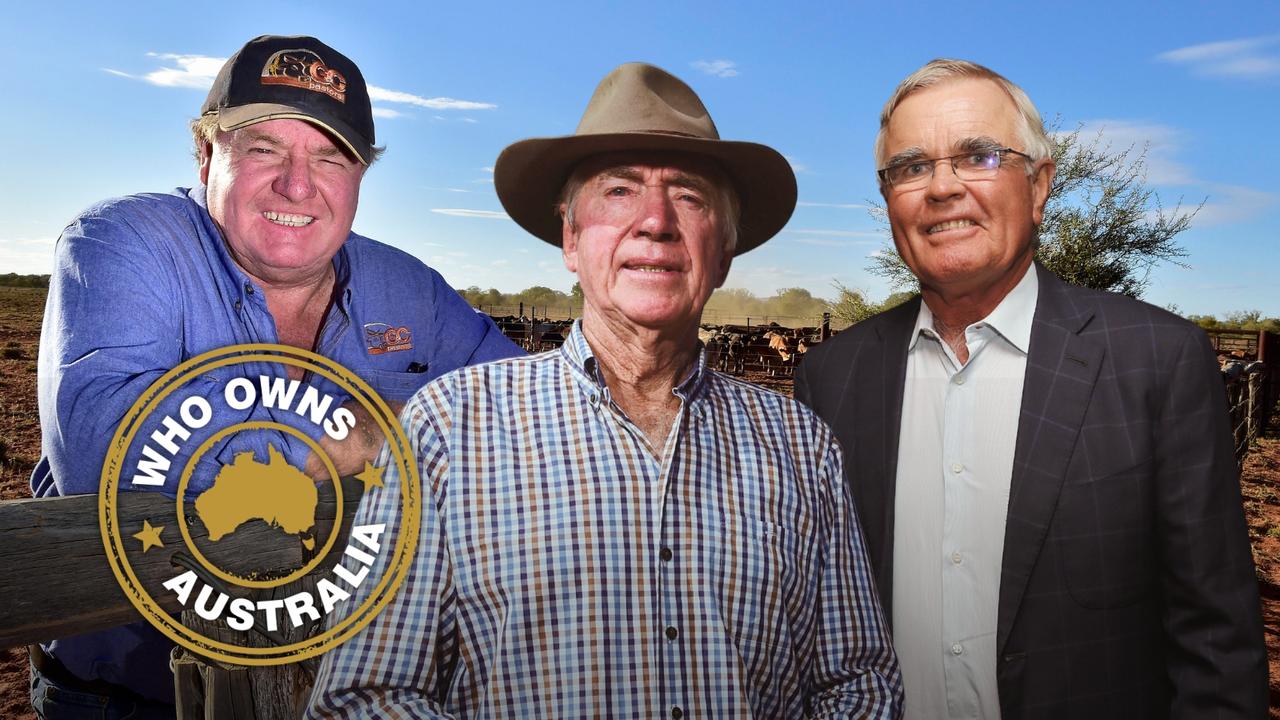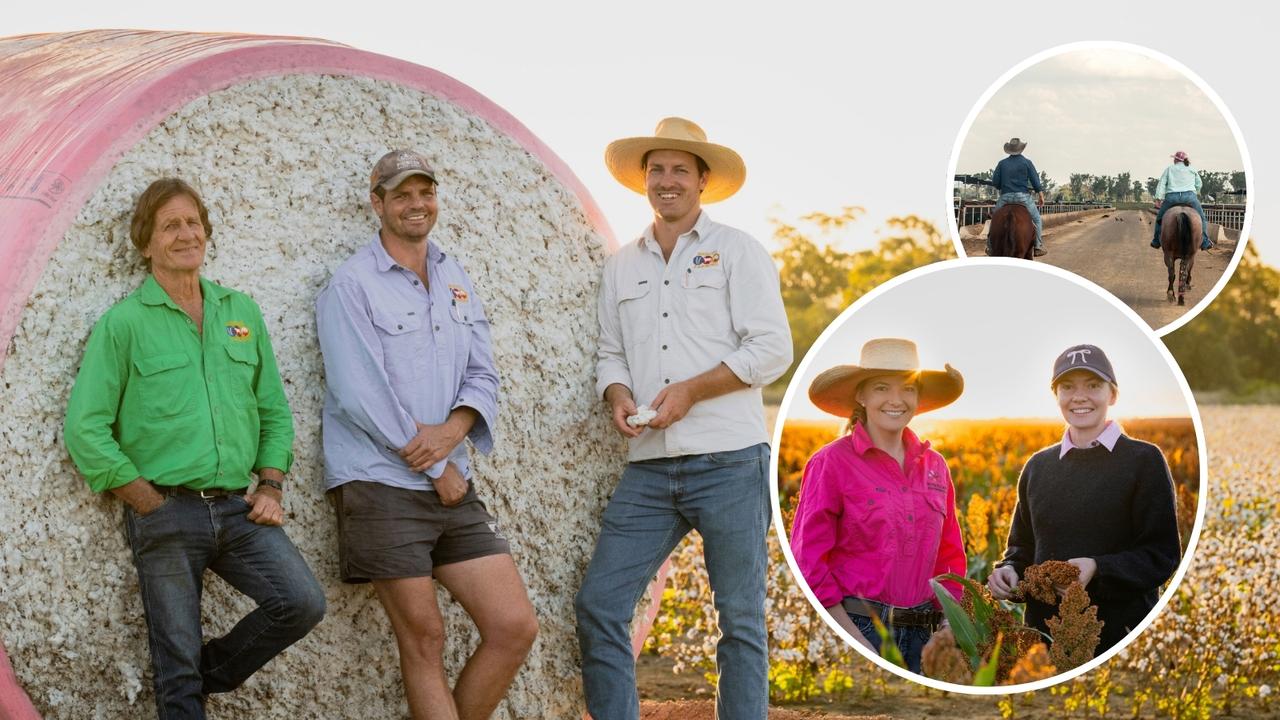EU agriculture and food plan puts Australia’s exports at risk
The European Union’s new road map on the future of farming and food is posing a risk to Australia’s canola, wool and sheepmeat exports.
If you take a tool off a cabinet maker, they could probably still make a piece of furniture. But by taking away their hammer, or perhaps their saw, the efficacy of their toolbox is reduced.
If you take away a chemical, be it a pesticide or a herbicide, from a farmer’s “toolbox”, the system they’ve built to keep pests and weeds in check starts to fall over.
In mid-February, the European Union’s newly appointed agriculture and food chief, Christophe Hansen, a farmer’s son from Luxembourg, released a new plan, boldly but somewhat predictably called A Vision for Agriculture and Food.
The purpose of the eagerly awaited document is laid out early; “to be an ambitious road map on the future of farming and food in Europe”. It was due within Hansen’s first 100 days in his new role and was designed to replace the EU’s highly controversial Farm to Fork strategy released in 2020, which had bold targets to reduce pesticide use and new animal-welfare rules.
The Farm to Fork strategy was seen as being at the heart of the EU’s green deal – to make the EU the first climate-neutral area in the world by 2050 – but farmers from right across the bloc took to the streets in their tractors in protest over the lofty environmental ambitions of the bureaucrats in Brussels who did not have to live with the practicalities of their decisions, nor the costs to implement them. Taking away farming chemicals from their arsenal without an approved replacement was one such aggrievement.
Hansen’s new vision for the sector, a five-year blueprint with four “priority areas” to make farming competitive and resilient, crucially contains few hard dates and no deadlines, and is largely far less controversial than its predecessor. But what has pricked up the ears of farmers and policy makers across the world is its plan to introduce – and importantly to actively police – reciprocal rules around chemical use and animal welfare rules for imported farmed produce. The plan’s release on February 19 put the future of Australia’s $2.3 billion worth of canola exports to the EU at risk, and also potentially billions of dollars of wool and sheepmeat exports, shipped either directly to the continent or via China, which buys the majority of the world’s raw wool.

“The big impacts are chemicals and animal welfare and, with the latter, mulesing is the big one for wool and the sheepmeat trade,” commodity market analyst Andrew Whitelaw says.
AUSTRALIA is the largest wool producer and exporter globally, contributing about 70 per cent of apparel wool used by the fashion industry. But it’s also the only major wool-producing nation where mulesing still legally occurs. The practice involves the surgical removal of strips of wool-bearing skin from around a sheep’s breech to prevent painful and potentially fatal flystrike infections.
“It’s been identified as an issue for the past 20 years, but there is a real reluctance by the industry to go non-mulesed,” Whitelaw says. In 2009, the industry backed away from its own 2010 deadline to ban the practice, and little headway has been made since.
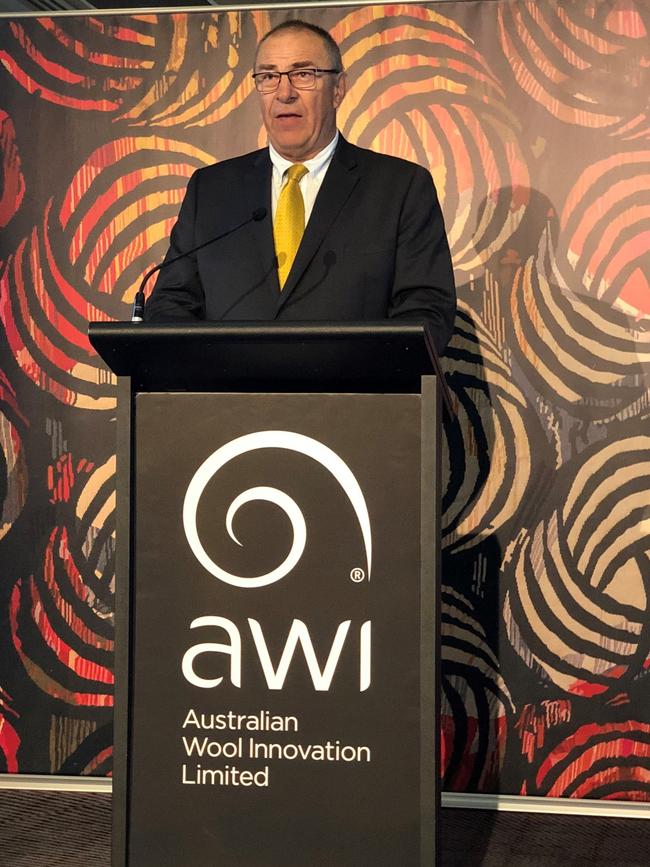
Australian Wool Innovation chair Jock Laurie says there is plenty of non-mulesed wool in Australia. “Buyers can buy non-mulesed wool; there’s nothing stopping them. If they want more they can send a clear market signal and growers will make those decisions,” Laurie says, but he agrees the Australian wool industry needs to be “right across Europe’s plans” given the industry’s reliance on exports.
Mulesing isn’t called out in the EU’s blueprint, but Australian Alliance for Animals co-founder Jed Goodfellow says the spotlight on mulesing, or “lamb cutting” as animal-welfare organisations describe it, has been flagged for many years. “The Europeans have expressed concern with a number of practices that are still permitted in Australia: the continued use of confinement systems like battery cages and sow stalls, invasive husbandry procedures like mulesing, conditions in feedlots … these are all things industry and governments should be investing in now to ensure access to these markets in the future,” Goodfellow says.
The EU has been on a path to drastically reducing chemical use in agriculture for some time, Commonwealth Bank agricultural economist Dennis Voznesenski says. “The EU plans to reduce chemical and pesticide use by 50 per cent by 2030. They’ve banned paraquat and neonicotinoids and their farmers are unhappy Australia can export canola and it had these things applied to it. They’re saying that’s unfair,” Mr Voznesenski says, but he predicts the Europeans will apply their rules on a case-by-case basis. The EU’s Renewable Energy Directive requires at least 14 per cent of all fuel used in the EU transport sector to be made from renewable materials, creating huge demand for biofuel. The EU doesn’t produce enough vegetable oils to supply its biofuel demand, instead relying on imports from countries like Australia. “They want to take into account market realities, because it may not be viable to strictly enforce this (ban on paraquat, which is used on Australian canola crops),” Mr Voznesenski says. “The challenge for them is if they start ruling out imported canola oil with this regulation, what else can they use to create biofuel? At the end of last year they wanted to implement the European Union Deforestation Regulation, but they delayed it a year because it wasn’t viable and would have caused inflation. That makes me think they’ve learned from that and will approach this more cautiously.”
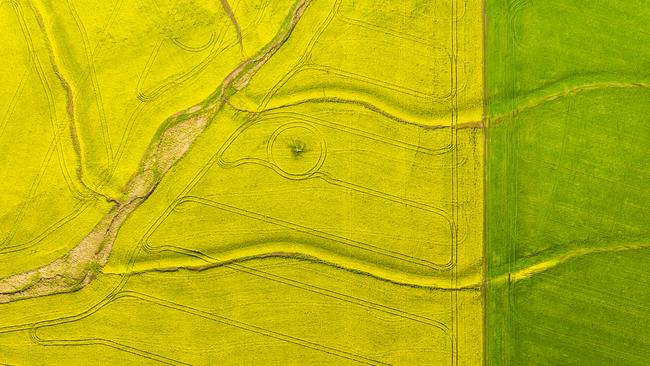
No Australian farmer would use a product they didn’t think was safe around their families or for consumers, Grain Producers Australia chair Barry Large says. While it has been banned in the EU for almost two decades, it’s for this reason he says most growers use paraquat and will continue to do so unless they are told it is unsafe by the Australian Pesticides and Veterinary Medicines Regulator. The widely used weed killer has been controversially linked to Parkinson’s disease and has been under review by the APVMA for 27 years. Australia’s chemical regulator extended its deadline to make a determination on the safety of the chemical until late this year. Mr Large says if the APVMA has found it is safe to use if precautions are followed, that advice would be accepted at the expense of the European market if no exceptions were made for Australia. “Yes it might just be that we’re not going to supply to that market,” the West Australian grain farmer says.
Other farmers are more concerned, including Darren Di Bortoli, who runs his family’s Griffith-based wine business with a heavy focus on exports. “This is becoming a major issue, it’s effectively a trade barrier,” the third-generation winemaker says. Mr Di Bortoli is the managing director of the family business, one of Australia’s largest wine businesses with vineyards in the Yarra Valley, Riverina, King Valley, Heathcote, Hunter Valley and Rutherglen and a history dating back to 1928. “The EU is one of our major export markets, so we’ll have to cross those bridges when we come to it. Some of the sprays (we use) could be a real issue,” Mr Di Bortoli said, adding wine was often used as a pawn in international trade.
Negotiations first began on a free-trade agreement between Australia and the EU in 2018 but reached a stalemate mid-last year when Europe refused to budge and raise quotas for tariff-free imports of Australian beef. Another major sticking point was the EU’s insistence that Australia abide by its long list of geographical indications, including for popular products made in Australia such as feta, parmesan and prosecco. The latter being the most contentious given that prosecco was historically known as a wine grape variety until Italy decided in 2009 that it would be rebranded as “glera”, and a new region created called Prosecco, and in the process a new, official appellation.
Earlier this month Trade Minister Don Farrell signalled talk would begin once again on a free-trade agreement now that a new world order was being established by the Trump Administration in the US. “The world has changed as of today,” Mr Farrell said after the White House announced a minimum 10 per cent tariff was to be applied to all imports into the US from April 2. “The world has changed for Europe. If they’re sensible they will make us a better offer on the issues that made the agreement fall over last time and we will get a free-trade agreement with the EU, the largest economy in the world.” The outcome of these initial meetings held on the sidelines of the G7 meeting of Trade Ministers in Osaka, Japan, in early April remains to be seen, but the sentiment in Europe appears to be one of renewed co-operation. Just weeks beforehand, the EU ambassador to Australia, Gabriele Visentin, had called for the urgent resumption of meetings to reach a free-trade agreement with Canberra given the geopolitical situation.
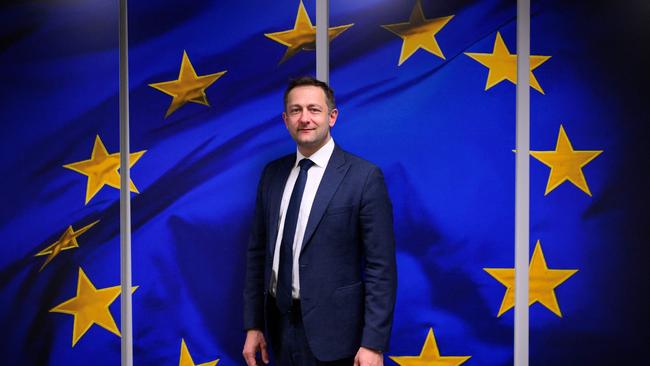
Mr Hansen’s new strategy says the most hazardous pesticides banned in the EU for health and environmental reasons should not be allowed back into the EU through imported products. “This responds to calls from citizens, civil society, farmers’ organisations and political institutions,” the document says. To lay the groundwork, an impact assessment will be carried out this year to work out whether any legislation will get in the way and therefore need amending. The next step is for the EU’s push for equivalency on chemicals and animal welfare to be policed at the border by a new, dedicated task force. But Mr Hansen appears to acknowledge the proposals will be met with global consternation. “The EU’s pursuit of high global standards to protect universal objectives of environmental protection, human health, animal health and welfare, plant health and food safety, is often seen as a trade irritant,” his vision says. “At the same time, farmers in the EU are increasingly concerned by unfair global competition and lack of reciprocity.”
Australia’s National Farmers’ Federation is “extremely concerned” by what it sees as Europe’s push to impose prescriptive, one-size-for-all regimes on trading partners. “Australia has a fundamentally different production environment to the EU – we require agvet chemicals to produce food and fibre sustainably,” NFF president and Western Victorian farmer David Jochinke says. “If the EU bans essential crop protection tools on imported products, this will not only strain Australian farmers’ access to the EU market, but will also adversely impact European consumers.” The farm lobby has called on the federal government to proactively engage with the EU on the issue and protect the interests of Australian agriculture.
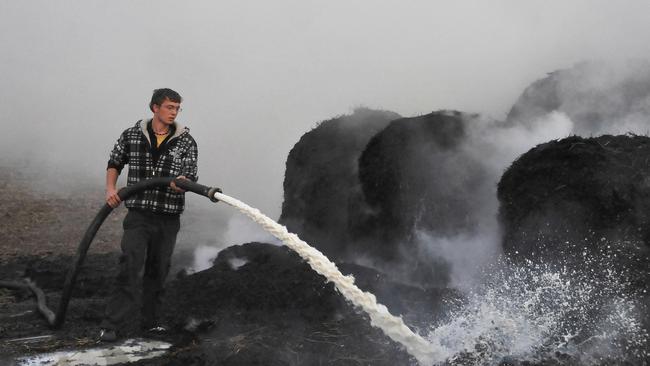
Ultimately Europe has little to gain from pandering to Australian interests. As the world’s largest agricultural food exporter – with exporters reaching €70b (AUD$126.9b) in 2023-24, it can pursue its environmental standards knowing every nation wants the opportunity to sell to its 445 million consumers across 27 countries. “The EU often tries to express soft power globally though its purchasing power and the economic literature talks about the ‘Brussel’s Effect’, whereby standards in the EU drive a matching of those standards elsewhere, particularly in countries keen to export there,” Associate Professor at the ANU’s School of Law and an expert on international investment agreements, Emma Aisbett, says. “The US was another major market globally but has now become capricious and unpredictable, its tariffs make the Europeans’ health and environmental standards pale in significance.”
But can Australian farmers operate without paraquat, fipronil and mulesing of sheep, all banned in the EU but widely used tools considered essential in most farmers’ toolboxes? If European farmers are anything to go by, they took to the streets en masse and in rage when asked to make sacrifices for the environment.




